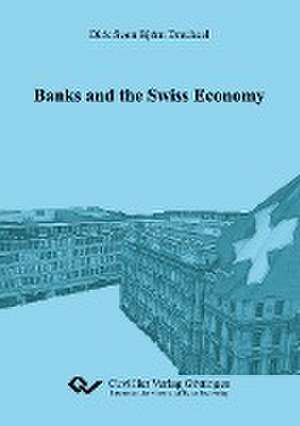Banks and the Swiss Economy
Autor Dirk S Drechselen Limba Engleză Paperback – 12 iul 2010
Preț: 303.48 lei
Nou
Puncte Express: 455
Preț estimativ în valută:
58.07€ • 59.91$ • 48.46£
58.07€ • 59.91$ • 48.46£
Carte disponibilă
Livrare economică 05-19 martie
Preluare comenzi: 021 569.72.76
Specificații
ISBN-13: 9783869553276
ISBN-10: 3869553278
Pagini: 230
Dimensiuni: 148 x 210 x 13 mm
Greutate: 0.28 kg
Ediția:1., Aufl
Editura: Cuvillier
ISBN-10: 3869553278
Pagini: 230
Dimensiuni: 148 x 210 x 13 mm
Greutate: 0.28 kg
Ediția:1., Aufl
Editura: Cuvillier
